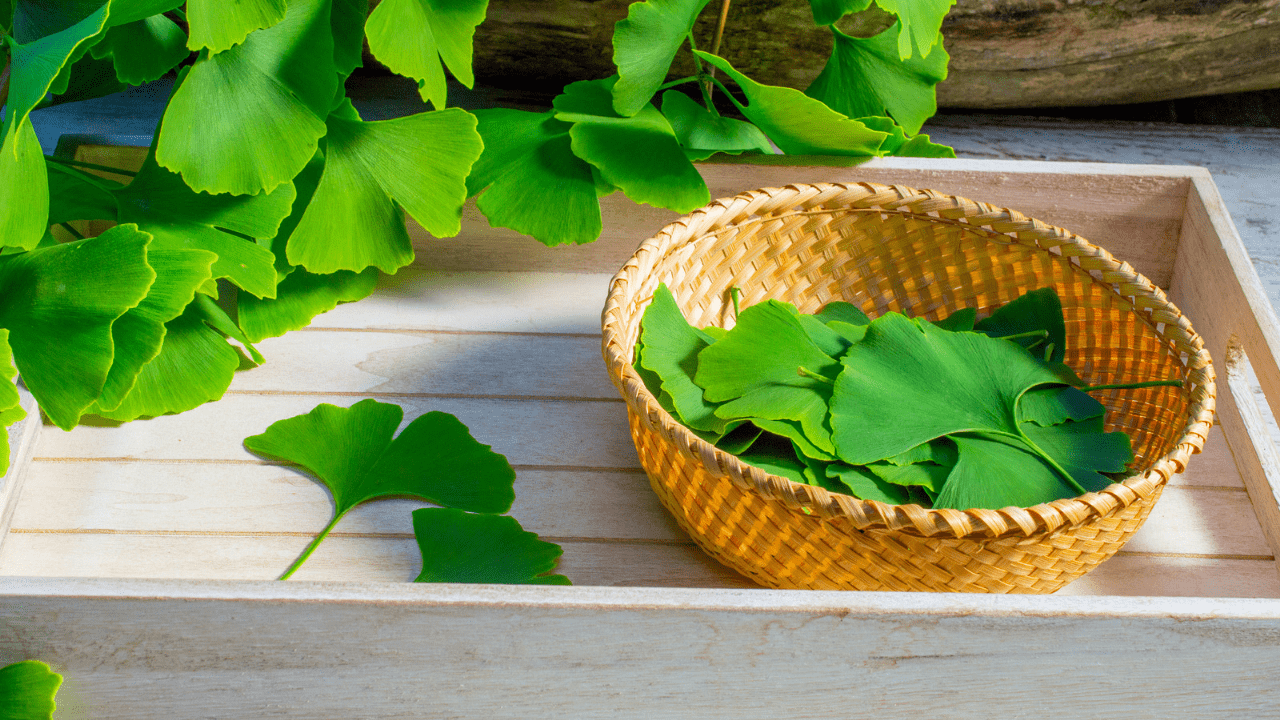Black walnuts (Juglans nigra) grow wild across the United States and are the second most cultivated walnut in North America, following English walnuts.
They were an extremely important food source and traditional medicine to many North American tribes.
Many people think of black walnut trees as a nuisance. They drop their nuts and hulls on driveways, roadways, and lawns, and if they aren’t picked up immediately the green fruit rinds turn black and will stain sidewalks and driveways. This can sometimes leave behind a mess homeowners don’t want to deal with.
Walnut bark, leaves and nuts all contain a chemical called juglone, which is toxic to horses, cows and other animals, causing serious health issues that can be fatal if left untreated. Many farmers remove walnut trees in locations they plan to raise livestock for this reason.
Aside from this negative aspect, black walnuts are extremely nutritious, and are an important food source to local wildlife.
Black walnuts are 75% higher in protein than English walnuts, which provide 4 grams of protein per 1-ounce (28-gram) serving. They are also a good source of antioxidants— substances that can prevent or delay cellular damage caused by unstable molecules called free radicals. For example, they contain proanthocyanidins, which may protect against sun damage, improve vision, and increase blood circulation.
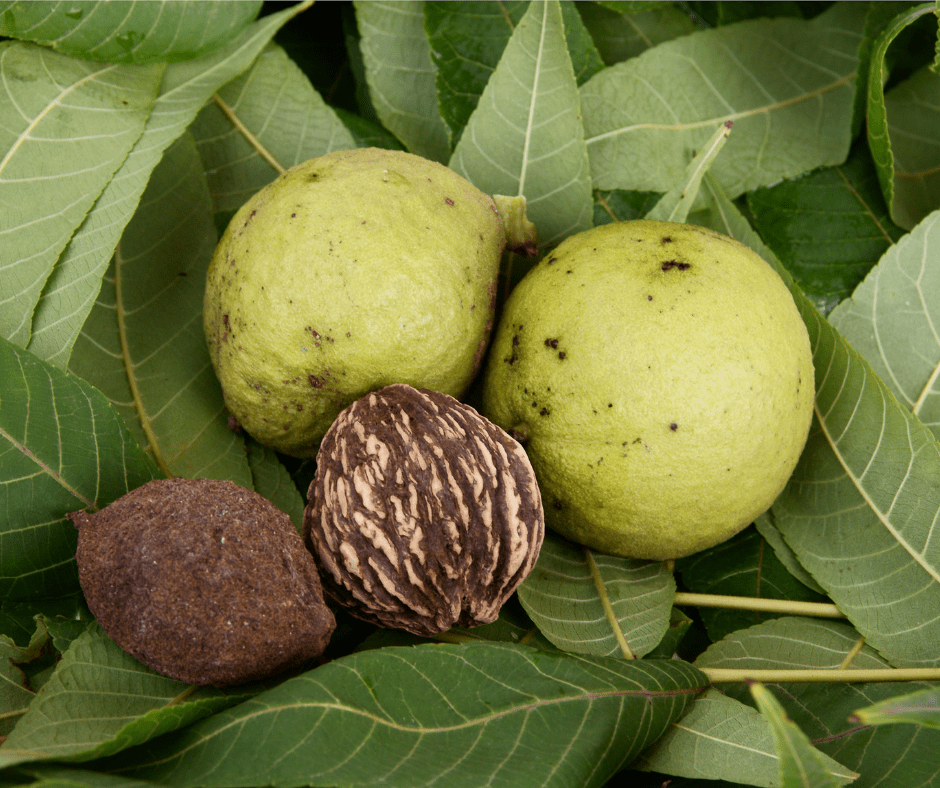
Medicinal Uses
For the last couple thousand years black walnut, the hulls specifically, have been used to rid the body of unwanted parasites.
The primary active constituent in black walnut is a naphthoquinone, known as juglone. Juglone is a natural herbicide that exerts an inhibitory effect on certain enzymes needed for metabolic function. It contains a high tannin content which is also responsible for the anti-parasitic properties, helping to eliminate microbes from the large intestine. The high tannin and juglone content is thought to oxygenate the blood which can kill parasites and working as a laxative, it expels parasites from the system. Black walnut’s powerful abilities work when used topically as well and have long been used to treat parasitic infections of the skin such as ringworm.
Black walnut hulls are also considered a tonic that aids digestion and the intestinal system. It helps to relieve heartburn and flatulence and as a cholagogue, it stimulates the flow of bile into the intestines. Because of this,it is thought to help the spleen.
The hulls also encourage bowel regularity due to their gentle laxative effect and their ability to promote healthy bile flow.
Black Walnut is said to tone and heal inflamed intestinal tissue, as well as improve the environment of the digestive tract for more effective assimilation and elimination. It is for this reason that black walnut is unusually considered a treatment for both constipation and diarrhoea. It is also effective against Helicobacter pylori (H. pylori) – a bacteria that is responsible for the majority of ulcers that occur in the stomach.
Black walnut has been used as external applications for a variety of skin complaints including ringworm, jock itch, athlete’s foot, psoriasis, blisters, eczema, scabbing caused by intense itching, varicose ulcers, and even syphilis sores.
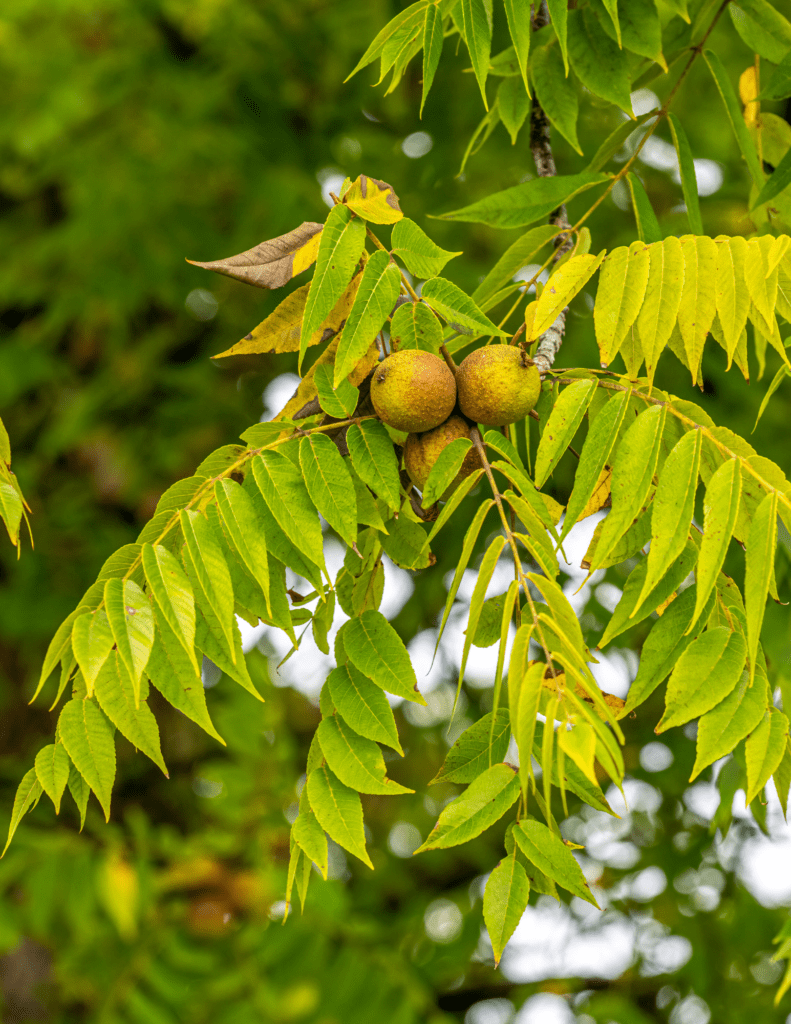
Survival tip
Some sources claim black walnut hulls are a strong natural source of iodine. In his blog, master herbalist Dr. Richard Schulze mentions using black walnut tincture with his students during the Chernobyl nuclear power plant meltdown. Dr. Schulze says he suggested that patients be wiped down with iodine tincture or black walnut tincture. The iodine in the two tinctures was absorbed into the body through the skin.
Testing later showed that the patients who had been “painted” with black walnut or iodine tinctures were just as protected against radiation exposure as the patients who took potassium iodide (SSKI).
Wiping a small amount of black walnut or iodine tincture on a knee cap or the palm of one hand was enough to meet the body’s need for iodine, according to Dr. Schulze.
Unfortunately, research has been conflicting on this subject therefore, black walnut is not recommended as a suitable source of iodine. Some sources claim it has no iodine at all. It’s hard to say if the doctor’s story was true or if his research has been covered up. In the end, it never hurts to have a black walnut tincture on hand for many reasons. Now let’s proceed with learning how to make our own!

Black Walnut Tincture
Ingredients:
Green Black Walnuts (I usually harvest them directly from the tree. You can use the brown ones that have already fallen, but make sure they are not damaged from insects)
• 80 proof alcohol (40% vodka is recommended)
• Large Mason jar
• Sharp knife
Instructions:
The first thing you want to do is rinse off your walnuts, removing and dirt and debris.
Next, use your sharp knife to cut the green walnuts in half, hull included. Believe it or not, when they are in the green stage, walnuts are fairly easy to cut. One thing to keep in mind is that juglone the chemical in black walnuts can irritate and stain the skin, so it’s recommended to wear gloves for this part.
Add your chopped walnuts to the jar, filling about half way full. Next, fill your jar to the top with vodka. Place a tight fitting lid and sit on the counter for 4-6 weeks, shaking daily.
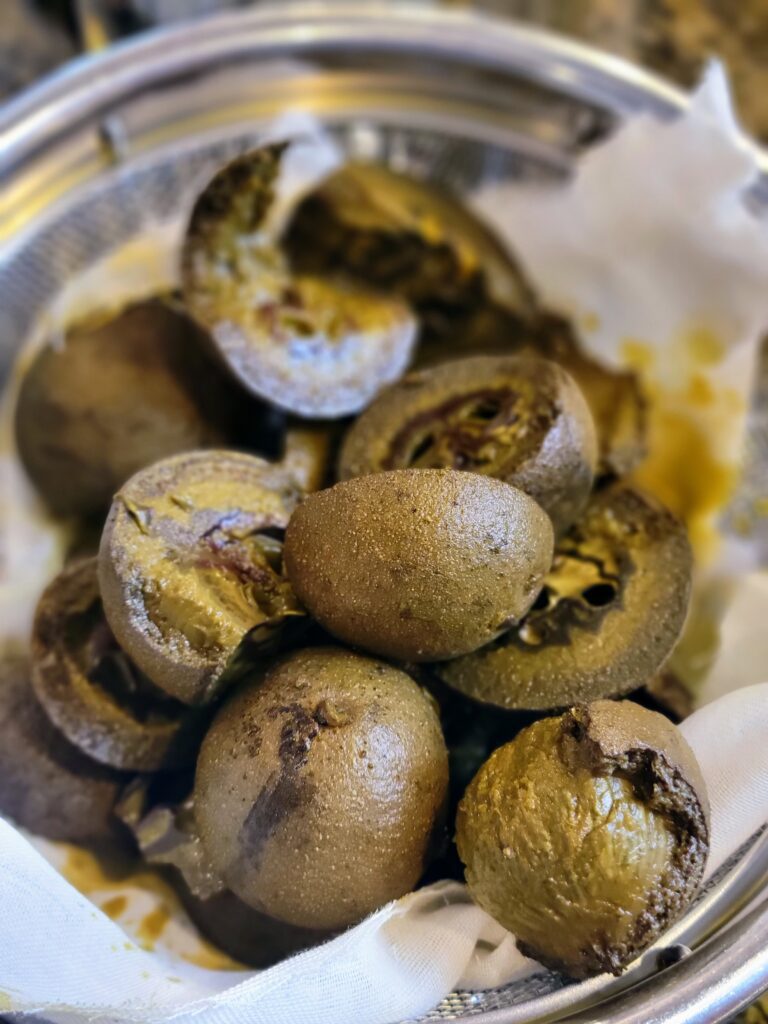
Afterwards, strain out the walnuts using a cheesecloth and strainer. Place the liquid in clean glass jars or amber bottles and store in a cool dark cabinet.
Recommended Use
Black walnut is a powerful medicine and not meant to be taken long term. The recommended dose is 10-20 drops, up to three times a day for 20 days, maximum.
I take my black walnut tincture every six months as a maintenance regimen. I also add a few other herbs to my tincture such as wormwood and pumpkin seeds for extra potency.
Not interested in making your own but still would like to try the benefits of black walnut? Vist here to purchase our Black Walnut Elixir
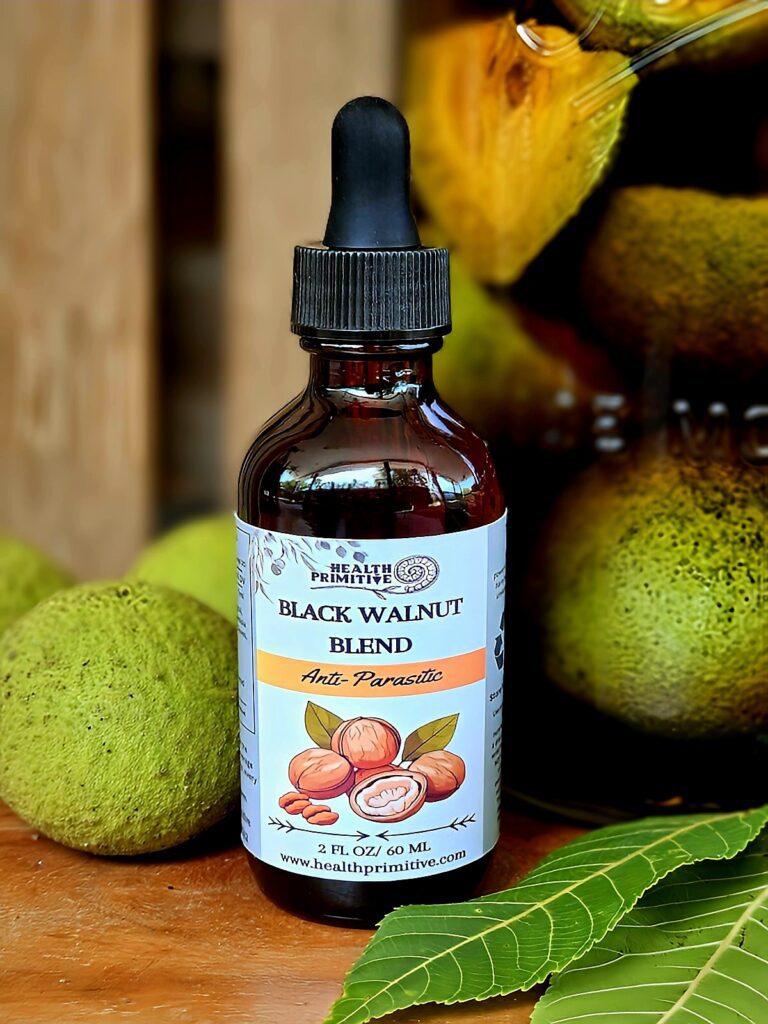
Do I Need A Binder?
Binder’s are said to help bind up and remove toxins and gases that parasites produce during the die off process. Some say without the use of binders, these toxins can be reabsorbed to the gut. Binders are also supposed to help relieve some of the negative side effects that come from this detoxification process.
Now, unfortunately, research is conflicting on this subject. Some points in the direction that binders are useless and nothing more than the latest fad. Other research shows it’s significance in the healing process of detoxification.
As for my personal opinion on this subject, I look to history and nature to tell the story. What did our ancestors do when they cleansed their bodies of parasites? We certainly know that ancient humans were using herbs such as black walnut for this exact purpose, so were they using binders as well? The answer to this is yes and no.
Ancient people did not purposely include binders in their regimen. The antiparasitic plants they were using seemed to be effective enough alone. However, these ancient humans were actually using binders, although they had no knowledge of it.
Charcoal, for instance, is one of the best binders known to man. It works so well at binding and removing toxins its used in emergency rooms for cases of internal poisoning. As ancient humans consumed food that was cooked on open fires, small and sometimes large particles of charcoal would end up in it. The people then consumed the food that contained the charcoal.
Clay is another well known binder and most people know that ancient humans consumed food that was cooked and stored in clay pots. This food would end up containing tiny particles of clay that then would be consumed.
In both of these cases, it’s easy to see how these natural substances played a role in the daily life of ancient humans. In my opinion, their role as binders was significant whenever a cleanse was performed, although it wasn’t a known factor.
Again, research is conflicting on this subject so it’s hard to give a definitive, yes or no, if they should be used. Binders can be dangerous when used in excess and should really only be used when necessary.
For myself, I usually use a binder one time, once a week, during my cleanse. This means, if I do a 30 day cleanse, I’m only taking a binder 4 times, if needed. Usually my cleanse will begin on a Monday and that Friday, I will take some activated charcoal. This gives the parasites time to begin the die-off process and to ensure that you are not going to soak or bind up, the remedy you’re using for the parasites themselves.
When it comes to binders, always do your own research and make the best informed decision for what meets your specific needs.
Is Black Walnut Safe For Pets?
On one hand, black walnut is toxic to animals, but like us, in small doses it can be used as a medicine.
It is recommended to start with a low dosage of 1 or 2 drops per 10 pounds weight and increase by 1 or 2 drops per day until parasites are expelled.
This applies for cats and dogs.
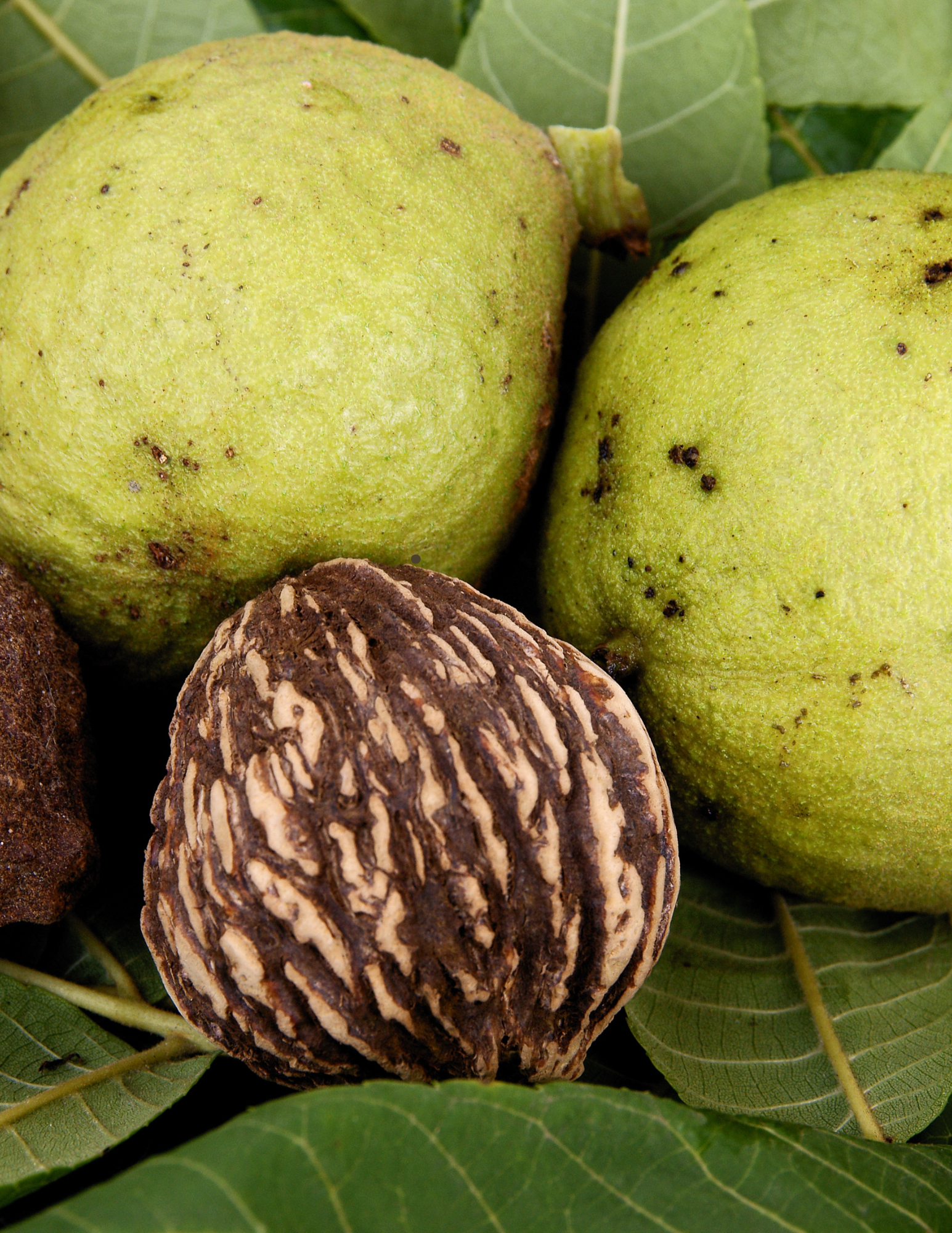
Safety Considerations
Black walnut should never be taken longer than 20 days. Black walnut contains tannins, and taking too much tannin can cause stomach upset and kidney and liver damage. Only use as directed or under a trained herbalist or holistic practitioner.
If you are pregnant or nursing do not use. People taking medication should speak to their doctor first, as black walnut can interact with certain medications. View our disclaimer here

Final Thought
Black walnut is an amazing tree that has been providing medicine for centuries. It’s powerful medicinal value should be respected as such and used wisely.
Stay Wild
Sources Below
https://www.ncbi.nlm.nih.gov/pmc/articles/PMC6719079/
https://www.webmd.com/vitamins/ai/ingredientmono-639/black-walnut#:~:text=Black%20walnut%20contains%20high%20concentrations,body%20fluids%20such%20as%20mucous.
https://www.ncbi.nlm.nih.gov/pmc/articles/PMC6761373/
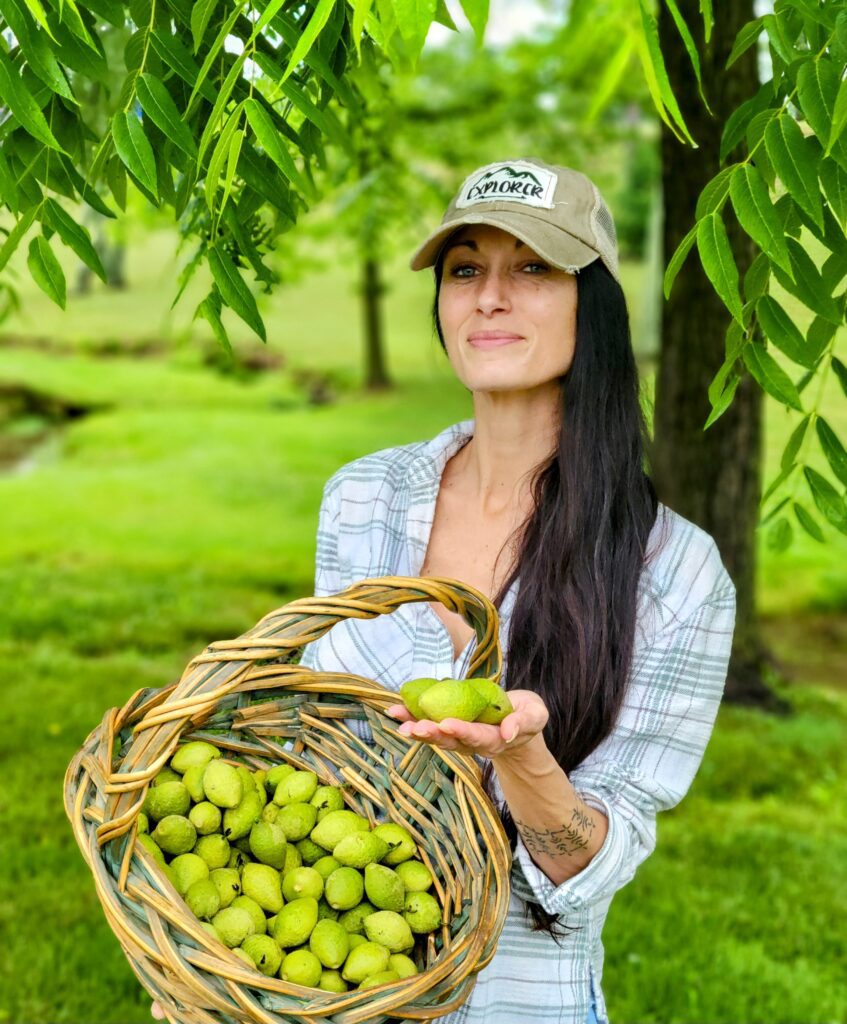
Kayce Heister
Kayce is a Clinical Herbalist, Naturopathic Practitioner (HHP), Active Forager, Wild Food Chef and Mother of three. She has spent the last 20 years practicing herbalism and natural health, and spends most of her time educating others on the amazing potential the natural world can offer.
